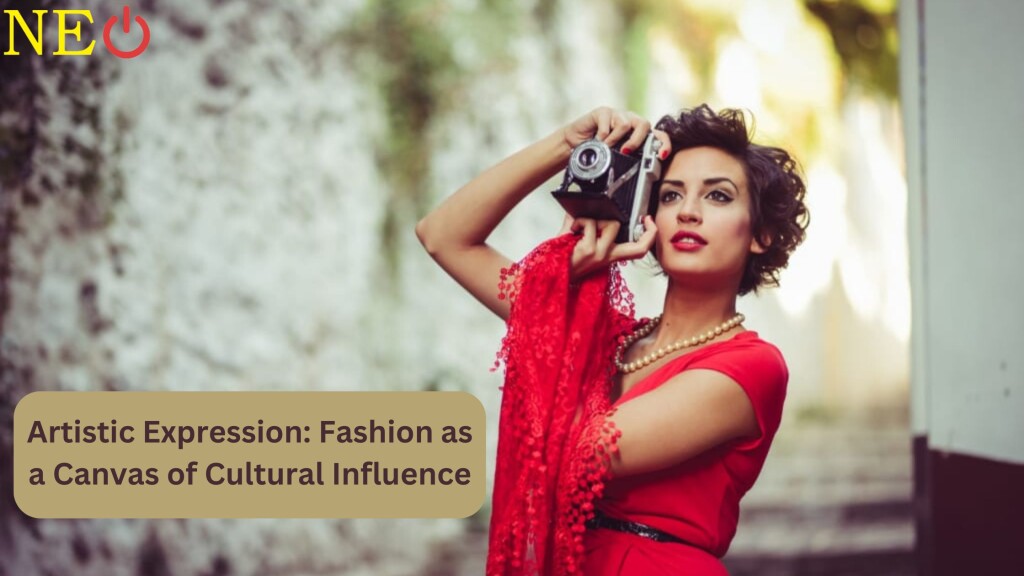Table of contents [Show]
Introduction
Fashion has long been recognized not only as a means of covering the body but also as a powerful form of artistic expression. In the dynamic world of fashion, cultural influences play a significant role in shaping trends, styles, and even societal norms. This blog explores how fashion serves as a canvas for cultural expression and its impact on the global fashion environment.
The Intersection of Fashion and Culture
Fashion is intricately intertwined with culture, reflecting the values, beliefs, traditions, and aesthetics of societies around the world. Designers draw inspiration from diverse cultural elements such as history, art, literature, music, and ethnic traditions to create unique and meaningful collections.
Cultural Influences in Fashion Trends
1. Historical Revivals
Fashion often experiences cycles where historical styles and aesthetics are revived and reinterpreted. For instance, the resurgence of Victorian-era influences in contemporary fashion reflects a nostalgia for the elegance and craftsmanship of that period.
2. Ethnic and Tribal Influences
Ethnic and tribal motifs, patterns, and textiles have inspired countless designers to create collections that celebrate diversity and cultural heritage. From African prints to Native American beadwork, these influences add depth and richness to the fashion industry.
3. Global Fusion
In today's interconnected world, fashion has become a melting pot of global influences. Designers seamlessly blend elements from different cultures, creating hybrid styles that transcend geographical boundaries and resonate with a diverse audience.
Fashion as a Reflection of Identity
1. Cultural Pride and Representation
Fashion allows individuals to express their cultural identity and heritage proudly. Clothing becomes a symbol of belonging and a way to celebrate one's roots, fostering inclusivity and cultural appreciation.
2. Breaking Stereotypes
Fashion has the power to challenge stereotypes and misconceptions about cultures. By showcasing diverse perspectives and narratives through clothing, designers contribute to a more inclusive and insight society.
1. Traditional Garments in High Fashion
Designers like Christian Dior and Alexander McQueen have incorporated elements of traditional attire from cultures such as Japan, India, and the Middle East into their haute couture collections, elevating these garments to iconic status.
2. Indigenous Fashion Movements
Indigenous designers from communities worldwide are reclaiming their cultural heritage through fashion. Brands like Ayma and Bethany Yellowtail blend contemporary fashion with traditional Native American craftsmanship, promoting cultural pride and economic empowerment.
The Future of Cultural Influence in Fashion
As the fashion industry evolves, so too does its relationship with cultural influences. Moving forward, there is a growing emphasis on ethical sourcing, sustainability, and respectful representation of cultures in fashion design.
Conclusion
In conclusion, fashion serves as a powerful platform for cultural expression, allowing individuals and communities to share their stories, traditions, and identities with the world. By embracing cultural influences, the fashion industry not only enriches its creative landscape but also promotes diversity, unity, and mutual understanding on a global scale.
This outline provides a structured approach to exploring how fashion embodies cultural influences, from historical revivals to contemporary expressions, and its impact on societal perceptions and identity. Adjust and expand each section as needed to reach the target word count and delve deeper into specific examples and insights relevant to your audience.








